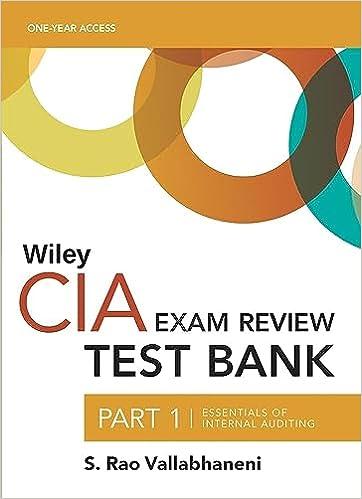


4. Hill Corp. had 600,000 shares of common stock outstanding on January 1, issued 900,000 shares on July 1, and had income applicable to common stock of $2,940,000 for the year ending December 31, 2018. Earnings per share of common stock for 2018 would be 2018 Basic EPS = Helpful Hints Refer to pages 13-14 of outline Earnings per share: Income from continuing operations Loss from discontinued operations, net of tax Net income $4.00 0.60 $3.40 Earnings per Share Net Income Preferred Dividends Weighted-Average Number of Shares Outstanding EPS - Simple Capital Structure Simple Structure--Only common stock; no potentially dilutive securities. Complex Structure--Potentially dilutive securities are present. "Dilutive means the ability to influence the EPS in a downward direction. Preferred Stock Dividends Subtracts the current year preferred stock dividend from net income to arrive at income available to common stockholders. Preferred dividends are subtracted on cumulative preferred stock, whether declared or not. Weighted Average Number of Shares Outstanding Companies must weight the shares by the fraction of the period they are outstanding. Stock dividends or stock splits Companies need to restate the shares outstanding before the stock dividend or split. WHY? o Stock splits and dividends do not increase or decrease the net assets of a company Company merely issues additional shares of stock Does not change the shareholders total investment It only increases the number of shares representing this investment o Restating allows valid comparisons of earnings per share between periods before and after the stock split or stock dividend O O Example: Zachsmith Inc. has the following changes in its common stock during the period. Date January 1 April 1 Share Changes Beginning balance Issued 30,000 shares for cash Shares Outstanding 90,000 30,000 120,000 (39,000) 81,000 60,000 141,000 July 1 Purchased 39,000 shares November 1 December 31 Issued 60,000 shares for cash Ending balance Compute the weighted average number of shares outstanding for Zachsmith Inc. Year (A) (B) Dates Shares Fraction of Outstanding Outstanding Jan. 1-Apr. 1 90,000 3/12 Apr. 1-July 1 120,000 3/12 July 1-Nov. 1 81,000 4/12 Nov. 1-Dec. 31 141,000 2/12 Weighted-average number of shares outstanding (C) Weighted Shares (A x B) 22,500 30,000 27,000 23,500 103,000









